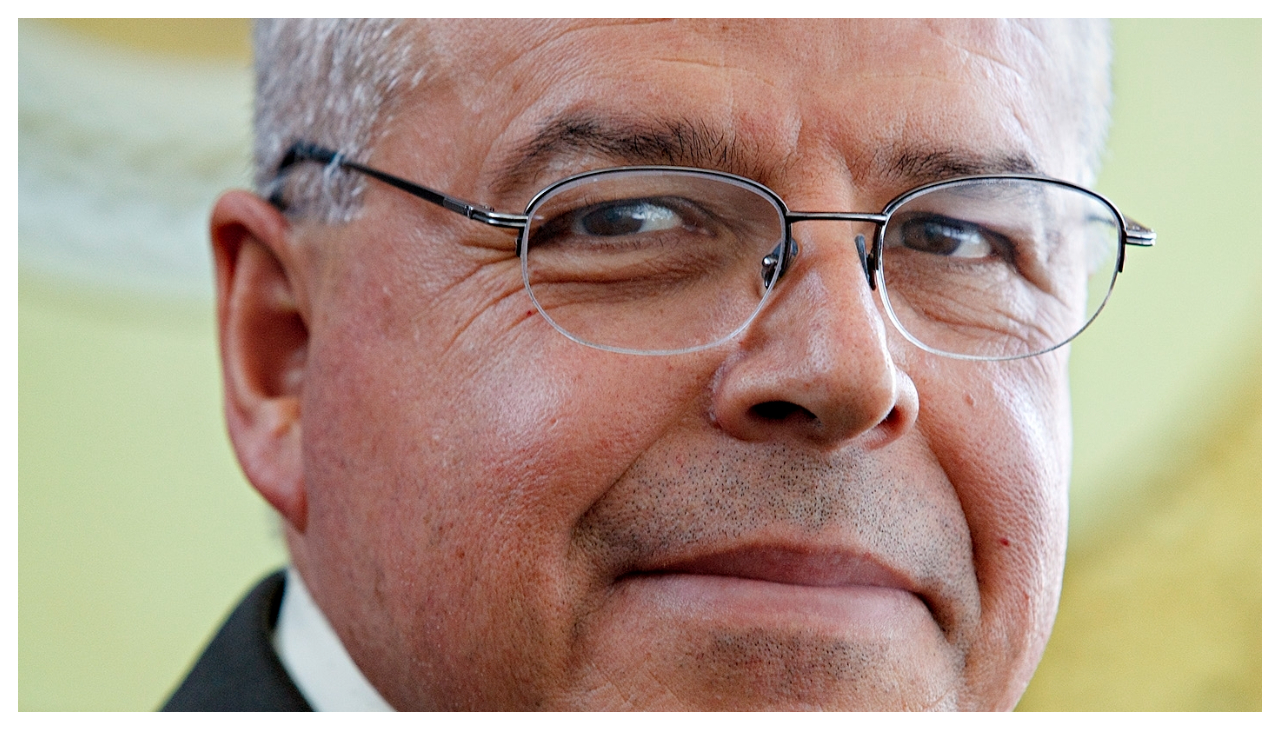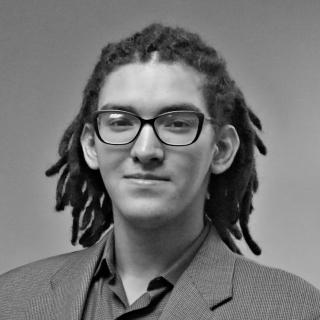
Latino Museum Acting Deputy Director receives award
Eduardo Díaz has overseen the development of the Molina Family Latino Gallery since its beginning, earning him the Graciela Olivarez La Raza Award.
Eduardo Díaz, the Acting Director for the National Museum of the American Latino, has been awarded the Graciela Olivarez La Raza Award by UnidosUS.
As the nation's largest Hispanic civil rights and advocacy organization, UnidosUS awards the Graciela Olivarez La Raza Award to those who have made significant contributions to the promotion of Hispanic American interests.
The Award is named in honor of Graciela Olivarez, who spent her life towards the progress of Hispanic women’s rights, and was given July 11, 2022, during the UnidosUS gala, marking the ending of the 2022 Annual Conference in San Antonio.
Díaz became Acting Deputy Director following several years as director of the Smithsonian Latino Center when in 2020, Congress authorized the funding and creation of the National Museum of the American Latino. He took on the role of directing the Molina Family Latino Gallery and its inaugural exhibition ¡Presente! A Latino History of the United States.
“When we started contemplating a gallery, it was the gallery of no—no plan, no space, no project manager, no money,” Díaz said to Smithsonian Magazine.
The Molina Family Latino Gallery has been in design for nearly a decade, with its inception happening in 2016 when the Smithsonian National Latino Board gave Díaz and his staff the funds needed to complete their plan.
The children of C. David Molina and Mary Molina donated $10 million to the museum, alongside other donors, allowing for the gallery to be built, launch its opening exhibition, and enact multiple public programs.
¡Presente! showcases historical concepts, moments, and biographies that examine Latino History and its cultural legacy.
In an interview with NPR, Díaz emphasized the importance of including all Latino communities and their diversity in the museum.
RELATED CONTENT
“Twenty-five percent of our community, you know, identifies as African-descended. So you can't talk about the development of Latin jazz, for example, without talking about Afro-Cubans, right? I mean, there would be no Latin jazz, frankly,” he said. “And so these are very important stories that I think we need to cover over a broad swath of history, even before there was even such of a thing as the United States of America.”
“I bet you if you walk out on the street and say, ‘hey, tell me about Osvaldo Soto,’ people will look at you like, ‘I don't know,’” he continued. “Well, what about the Spanish American League Against Discrimination — right? — and the efforts of Cuban — of the Cuban community in Miami struggling against English-only laws and in favor of bilingual education?”
“People don't know those stories, right? There's so much to tell,” he added.
Before Díaz was the director of the Smithsonian Latino Center he was executive director of the National Hispanic Cultural Center from 2005 to 2008. As executive director, he implemented a state outreach program, taking exhibitions and performances to underserved communities.
Additionally, he implemented significant cross-cultural programs with the African-American and the American Indian communities.
Díaz has also served as director of Cultural Affairs for the City of San Antonio from 1981 to 1999, earned a bachelor’s degree in Latin American Studies in 1972 at San Diego State University, and a law degree in 1976 from the University of California at Davis. He is currently a member of the National Association of the Latino Arts and Culture.
The Molina Gallery is the first physical presence of the National Museum of the American Latino, which opened June 18, 2022 in the National Museum of American History.











LEAVE A COMMENT: